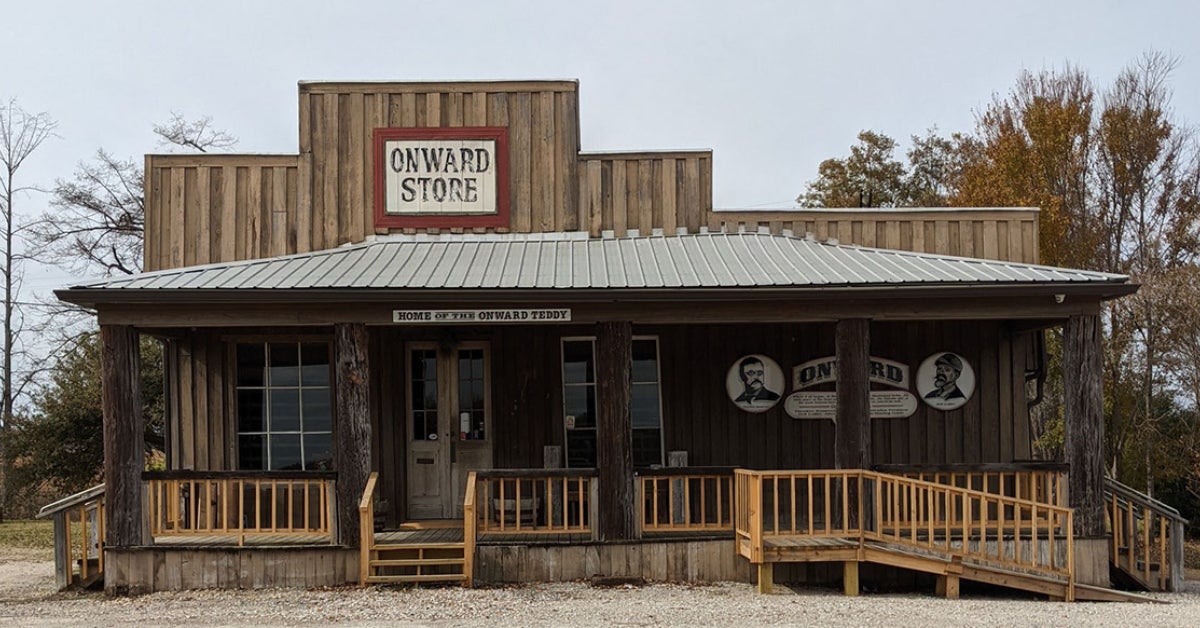On a windy day, it blows in breeze’
Published 12:00 am Wednesday, December 8, 2004
Vicksburg National Military Park Historian Terry Winschel shows disrepair at the Shirley House. (Jon GiffinThe Vicksburg Post)
[12/8/04]A home once the centerpiece building at the Vicksburg National Military Park will see significant structural work in the next few months.
Park officials said they hope the work leads to a total renovation of the Shirley House, built during the 1830s, and a surviving structure from the 1863 siege. Both Union and Confederate soldiers called it the “White House,” said park historian Terry Winschel.
The house, first owned by Judge James Shirley, has had many uses, Winschel said. It was headquarters for an Illinois regiment during the Battle of Vicksburg, served as a Union Army smallpox hospital, was a vistors’ center and a residence for park employees, the last leaving it during the 1960s.
“It has been maintained as a hollow shell from the 1960s until today. It is in desperate need of restoration work,” Winschel said.
Holes in the wooden roof and floor dot the house. Several areas of floor shift under pressure because large beams have been eaten by termites and are held together by makeshift repairs.
“On a real windy day, you can see the building blowing in the breeze. It’s that unstable,” Winschel said.
The park has received a $300,000 appropriation this year to stabilize the house, which will include a new roof and repair of central beams.
Contractors and U.S. Park Service officials will meet Thursday to begin the construction process. Actual work should begin either late December or early January.
“We hope by making the building waterproof, it will buy us a few more years to get the money from Congress,” Winschel said, adding that a full restoration would cost about $2 million.
Shirley was a New England native who graduated from Dartmouth College. He migrated south to practice law, working first in Georgia before moving to Alabama, then Mississippi. Although he was a slaveholder, he remained a staunch supporter of the Union, which resulted in he and his family being treated as outcasts.
The home was sold to the U.S. government by the Shirleys’ daughter on the conditions that her parents could be buried in the back yard and that the home be fully restored. Both were done.
The federal park was created by Congress in 1899 as a sacred preserve to the Civil War battles here that were key to the Confederacy’s loss and reunification of the United States.





